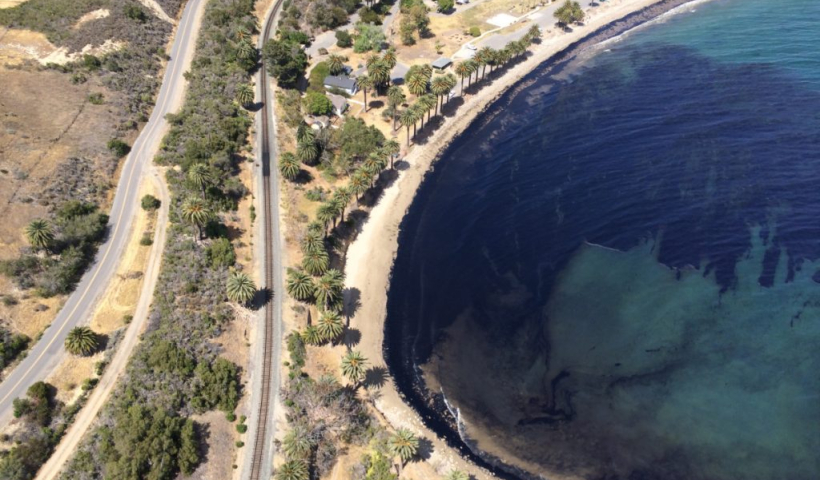
Phytoplankton and the 2015 Refugio Oil Spill
On May 19th, 2015, an underground pipeline near Refugio State Beach, about 20 miles west of Santa Barbara, CA, leaked between 101,000 to 140,000 gallons of oil with approximately 21,000 gallons entering the ocean (http://www.refugioresponse.com/go/doc/7258/2588430/). Although not a large spill compared to others in the marine environment, this event was the largest accidental release of crude oil into the Santa Barbara Channel (SBC) since the historic 1969 oil well blowout. This spill occurred at a time of high primary production in the SBC where the toxic pennate diatom Pseudo-nitzschia spp. dominated phytoplankton assemblages. Not long after the spill, an unprecedented coccolithophore bloom occurred in the SBC, turning the water a bright turquoise color. These events led to questions about how the Refugio spill impacted these phytoplankton and in general how oil affects phytoplankon physiology and so our lab ran experiments testing how the toxic diatom species, Pseudo-nitzschia australis, and the bloom forming coccolithophore species, Emiliania huxleyi, responded to oil exposure. See the first product of that work published here: https://www.int-res.com/abstracts/meps/v603/p61-78/



